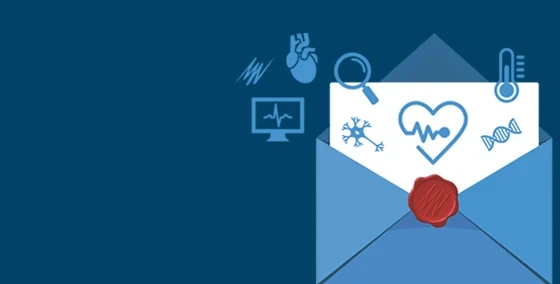Bauer, P. M., Bauer, E. M., Rogers, N. M., et al. (2012). Activated CD47 Promotes Pulmonary Arterial Hypertension Through Targeting Caveolin-1. Cardiovascular Research 93(4): 682-93. Details
Customer Study Highlights
Pulmonary artery hypertension (PAH) is a disease of the small arteries of the lungs involving vascular remodeling and increased vascular resistance. As a consequence, the right ventricle of the heart develops thicker musculature (ventricular hypertrophy) which can cause the heart to eventually fail.
Nitric oxide signaling in blood vessels normally promotes relaxation, but this signaling pathway in pulmonary arterioles is lost in PAH. This deficiency prompted researchers from the University of Pittsburgh School of Medicine to determine why.
Part of their approach involved creating a genetic strain of mice (‘knockout mice’) with mutations to genes encoding thrombospondin-1 (TSP1) and its receptor CD47. These were chosen because both proteins were hypothesized to be involved in the uncoupling of the enzyme that makes nitric oxide. Next, to model PAH, 9-12 week old mice were exposed hypoxic conditions for 21 days (10% O2). The effect of PAH on heart function was then monitored using a Millar pressure catheter placed into the right ventricle and a PowerLab to acquire right ventricular systolic pressure (RVSP) data.
Hypoxic conditions in wild-type mice were associated with a rapid induction of pulmonary TSP1 protein expression, CD47 activation, and local free radical production leading to pulmonary vascular wall thickening. Consistent with narrowing of pulmonary arterioles was an increase in RVSP, and increased ventricular wall thickness. In TSP1 knockout mice these effects were significantly reduced.
This study demonstrates a novel signaling pathway involved in the pathogenesis of pulmonary artery hypertension. Such pathways may be able to be exploited pharmacologically in future therapeutic interventions of PAH.
